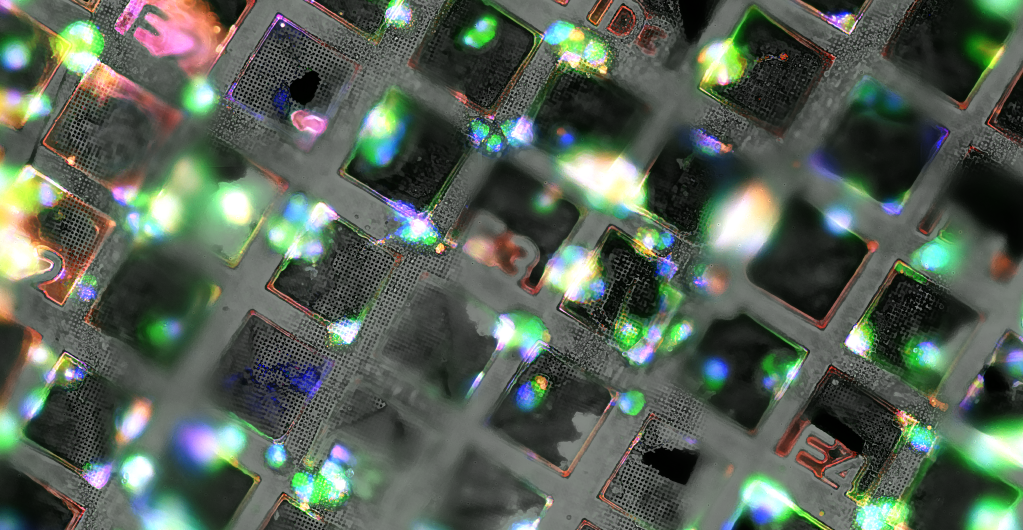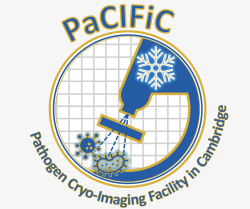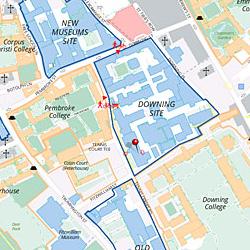
PaCIFiC Pump Priming Competition for the Department of Pathology
We are delighted to announce the launch of the PaCIFiC Pump Priming Competition at the Department of Pathology. This initiative aims to provide small-scale funding to support innovative, early-stage research projects to benefit from advanced imaging capabilities and have the potential to develop into larger, externally funded projects.
Funding of up to £2k per award will cover facility access fees, sample preparation costs, and limited consumables necessary for the imaging process. Awards are strictly to be spent on PaCIFiC’s equipment and consumables. Completed applications must be submitted online via the online form by the end of working hours on Friday, 25th of July, 2025.
Please feel free to contact the PaCIFiC Manager, Dr. Luay Joudeh (lj360@cam.ac.uk), for any further details or questions.
--------------------------------------------------------
PaCIFiC: Your Gateway to Cryo-Imaging
--------------------------------------------------------
PaCIFiC is a cutting-edge containment level 2 (CL2) facility, equipped to prepare and analyze non-hazardous and infectious samples (hazard group 2 pathogens). Our facility offers a comprehensive suite of services, including:
-
Vitrification: We can help you expertly vitrify your samples, and provide the required guidance to ensure optimal conditions for imaging.
-
Cryo-Confocal Microscopy: Utilize advanced confocal cryo-microscopy to generate high-resolution images. This vital step allows you to assess sample quality and identify specific regions or structures of interest for further analysis.
-
3D Subcellular Targeting: Generate 3D models of your samples, pinpointing specific regions or proteins for downstream high-resolution imaging techniques like electron cryo-tomography (cryoET) or soft X-ray cryo-tomography (cryoSXT).
- Cell Culture Support: We provide access to dedicated cell culture facilities, including incubators and all necessary cell growth and maintenance equipment. This ensures optimal in-house sample preparation for downstream vitrification and cryo-imaging.
What is cryo-imaging?
Cryo-imaging is a groundbreaking technique that rapidly freezes biological samples, essentially stopping them in their tracks, and is designed to revolutionize our understanding of cells and pathogens. Through the power of cryo-imaging, PaCIFiC allows you to peer into the frozen world of biological samples, preserving them in a near-life state for unparalleled detail.
"Seeing Infection Through a New Lens"
The PaCIFiC facility's primary investment was made possible through this collaborative initiative, an effort focused on securing the necessary instrumentation to enhance capabilities in advanced pathogen imaging in Cambridge.



